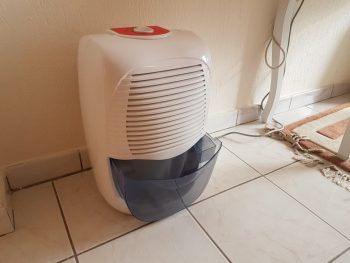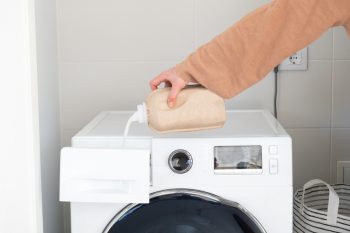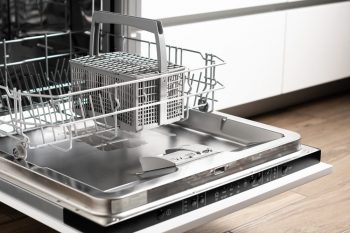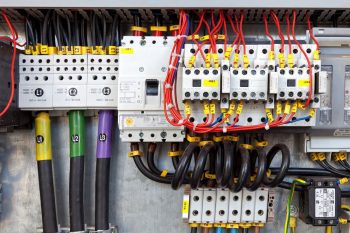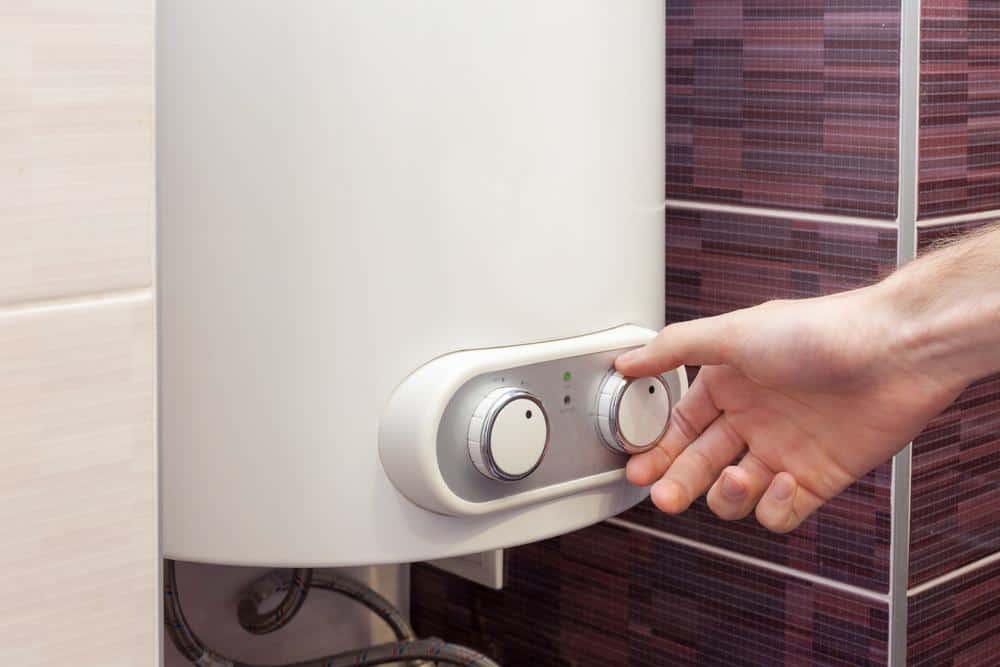
Water heaters are a crucial part of every household, providing the much-needed hot water for various daily tasks. However, when it comes to installing or replacing a water heater, many homeowners find themselves questioning, “What size are water heater connections?”
The standard sizes for water heater connections are typically 3/4-inch or 1/2-inch in diameter. The 3/4-inch size is more common in modern installations, while the 1/2-inch size was standard in older homes. It’s important to match the pipe size of the water heater with the rest of the plumbing in the house to ensure optimal performance. Always consult with a professional plumber to ensure you have the correct size for your water heater connection.
Standard Sizes for Water Heater Connections
Typically, standard sizes for water heater connections are 3/4-inch or 1/2-inch in diameter. The 3/4-inch size is more common in modern installations, while the 1/2-inch size was standard in older homes. It’s important to match the pipe size of the water heater with the rest of the plumbing in the house to ensure optimal performance.
How Connection Size Impacts Functionality
The size of the water heater connection can significantly impact its functionality in terms of water flow rate and pressure. A change in pipe size, such as going from a larger pipe to a smaller one and then back again, can affect the flow rate of the water heater. This can lead to reduced water flow from fixtures, causing discomfort and difficulty using hot water when needed.
Factors to Consider When Choosing Connection Size
Choosing the right size for your water heater connections requires considering several factors, including hot water demand, first-hour rating (FHR), energy efficiency, pipe size, water pressure, and the type of water heater. By considering these factors, you can make an informed decision and choose the right size for your water heater connections.
Measuring the Size of Water Heater Connection
To measure the size of a water heater connection, you need to determine the diameter of the inlet and outlet pipes. This can be done by checking for labels, measuring the outside or inside diameter, or using the string method.
Sizes for Different Types of Water Heaters
Different types of water heaters, including tankless, gas, and electric heaters, require different sizes based on their flow rate or storage capacity needs. For example, a household with 1 bathroom may need a 6-7 GPM tankless water heater, while a household with 3+ bathrooms may need a 9-11 GPM unit.
Potential Problems Related to Incorrect Connection Sizes
Incorrect water heater connection sizes can lead to several potential problems, including decreased efficiency, reduced lifespan, leakage, corrosion, discoloration of water, odd noises, health risks, warranty issues, and code violations.
The Impact of Water Pressure on Connection Size
Water pressure does not directly affect the size of the water heater connection. However, it can influence the flow of water through the pipes, which may impact the overall performance of the water heater system.
Tools and Materials Needed for Installation
Installing a water heater connection of a specific size requires various tools and materials, such as a wire cutter, tube cutter, tape measure, electrical tape, 4-in-1 screwdriver, pipe wrench, adjustable wrench, plumber’s tape, soldering torch, safety glasses, voltage tester, gloves, hand truck, pencil, pipe cutter, screwdrivers, voltage detector, and more.
Water Pressure and Water Heater Performance
Water pressure can significantly impact the performance of a water heater. High water pressure can cause damage to the water heater and piping, leaks, and reduced efficiency. On the other hand, low water pressure can affect the performance of a water heater by causing sediment buildup in the pipes or the hot water tank, blocking water flow and driving the water pressure down.
In conclusion, understanding the size of water heater connections and the factors affecting it is crucial when installing or replacing a water heater. Always consult with a professional plumber to ensure you have the correct size for your water heater connection.
Frequently Asked Questions
What is the first-hour rating (FHR)?
The first-hour rating (FHR) is a measure of how much hot water a water heater can deliver in an hour starting with a fully heated tank. It’s an important factor to consider when choosing a water heater connection size, as it helps to ensure that the system can meet the household’s peak demand for hot water.
How does the string method work for measuring pipe size?
The string method involves wrapping a string around the pipe, marking the point where the string overlaps, and then measuring the length of the string between the end and the mark. This gives the circumference of the pipe, which can be divided by pi (approximately 3.14) to find the diameter.
What is the difference between the flow rate and storage capacity of a water heater?
The flow rate refers to the amount of hot water a water heater can produce per minute, typically measured in gallons per minute (GPM). This is particularly relevant for tankless water heaters. Storage capacity, on the other hand, refers to the amount of hot water a tank-based water heater can store and heat at any given time, typically measured in gallons.
Can I install or replace a water heater connection on my own?
While it’s possible to install or replace a water heater connection on your own if you have the necessary tools and knowledge, it’s generally recommended to hire a professional plumber. This ensures that the job is done correctly and safely, and that your water heater is operating at peak efficiency.
What happens if the water pressure is too high?
High water pressure can cause damage to the water heater and the piping system, potentially leading to leaks. It can also reduce the efficiency of the water heater, leading to higher energy costs. If you suspect that your water pressure is too high, it may be advisable to install a pressure reducing valve.


